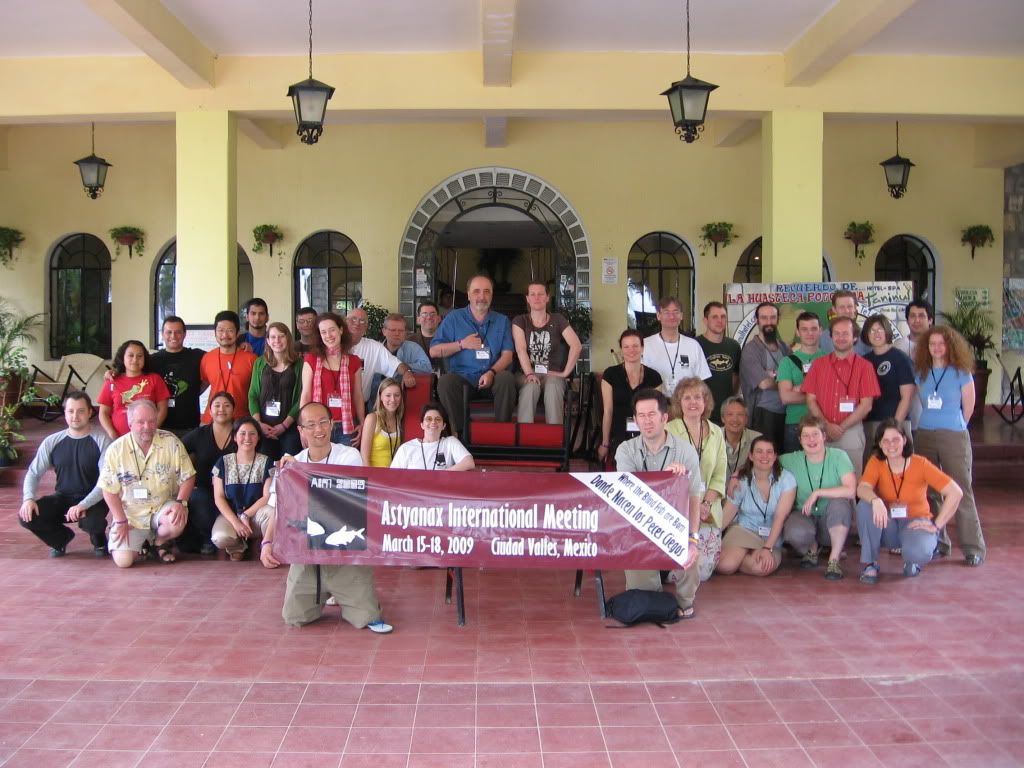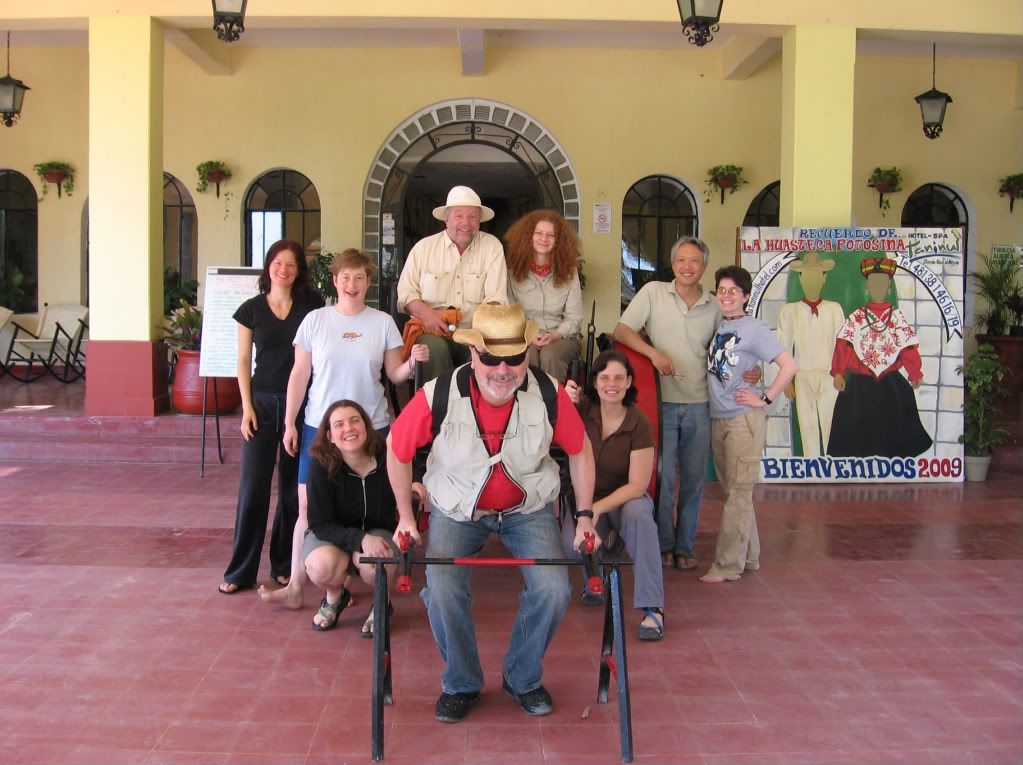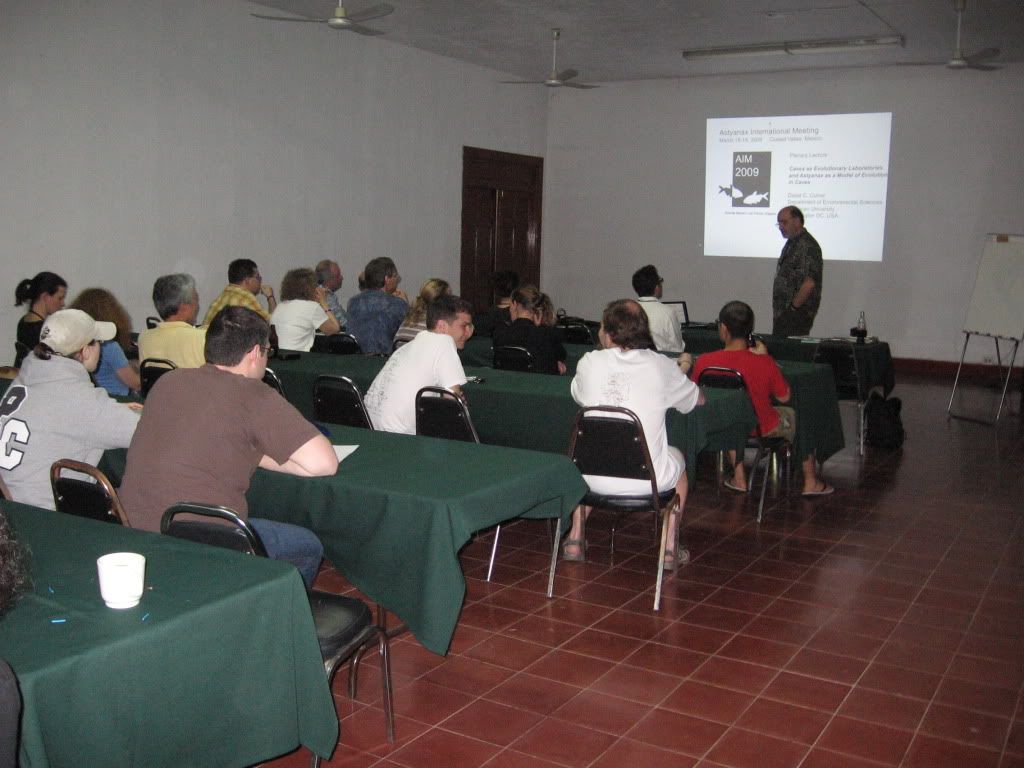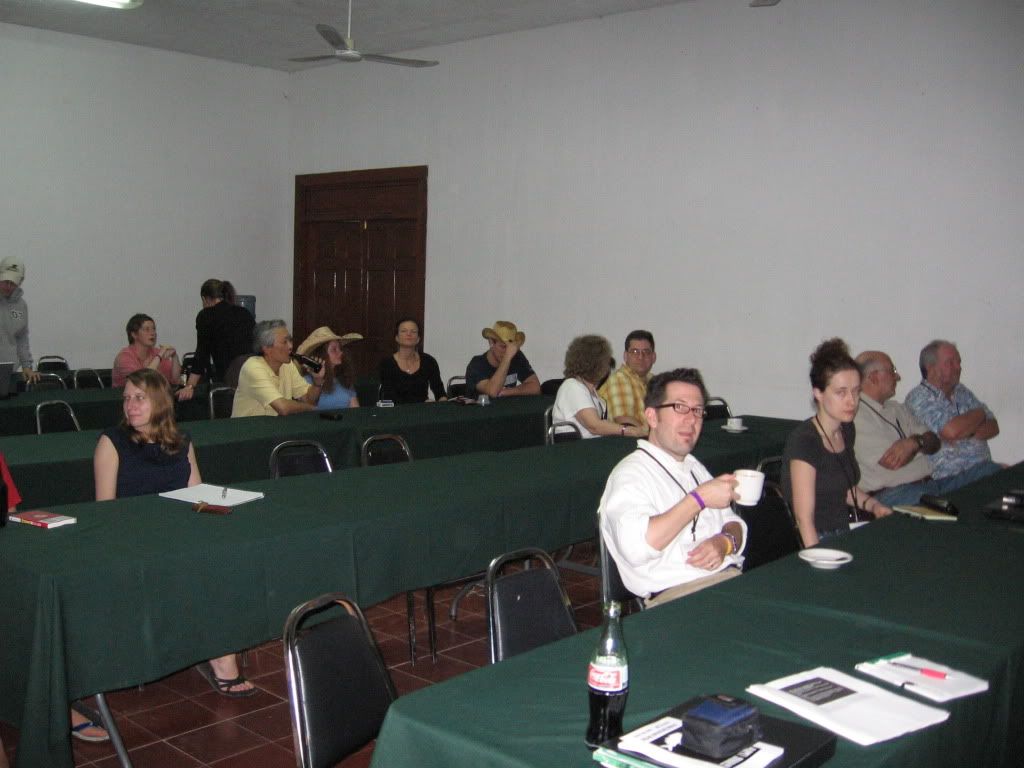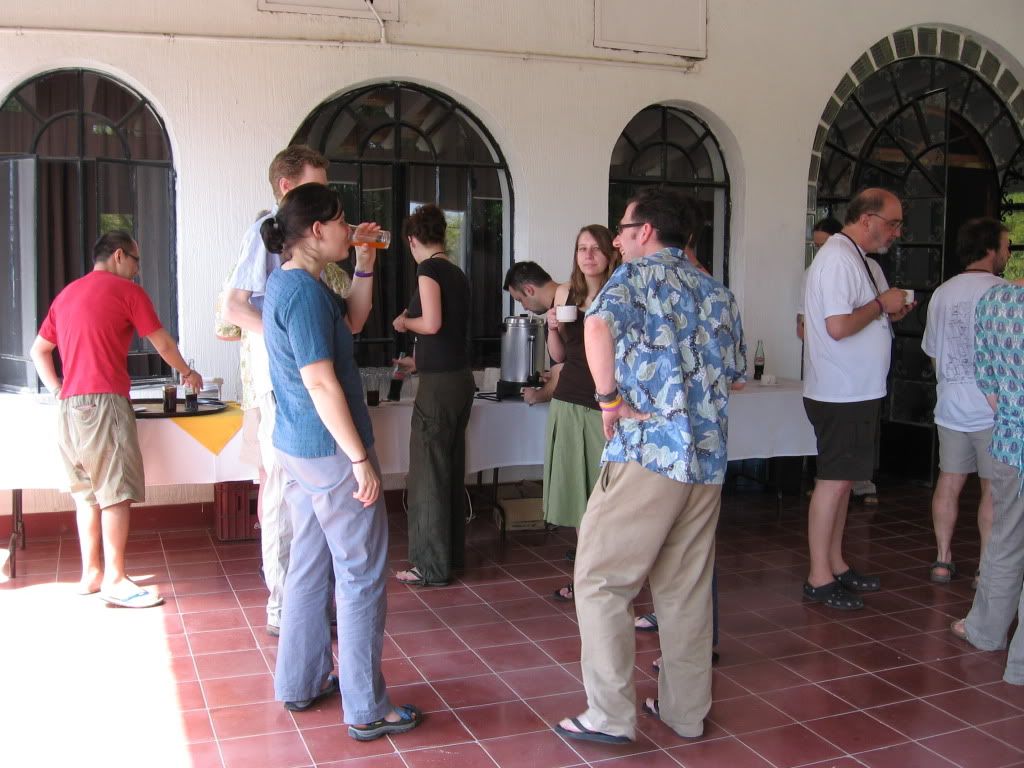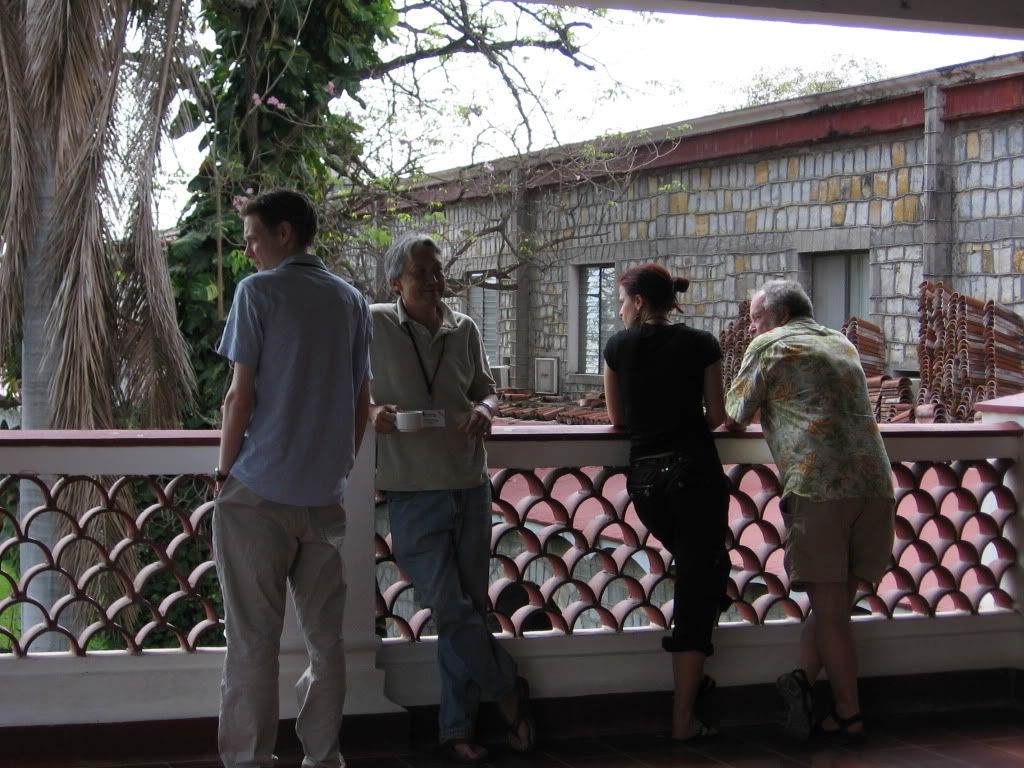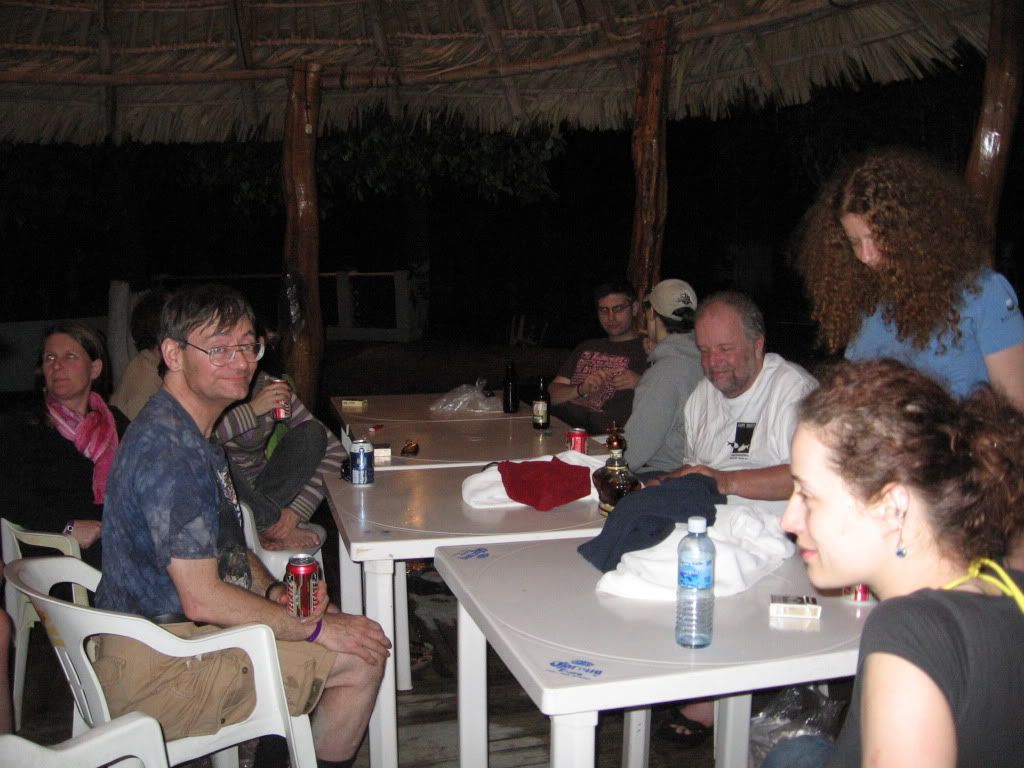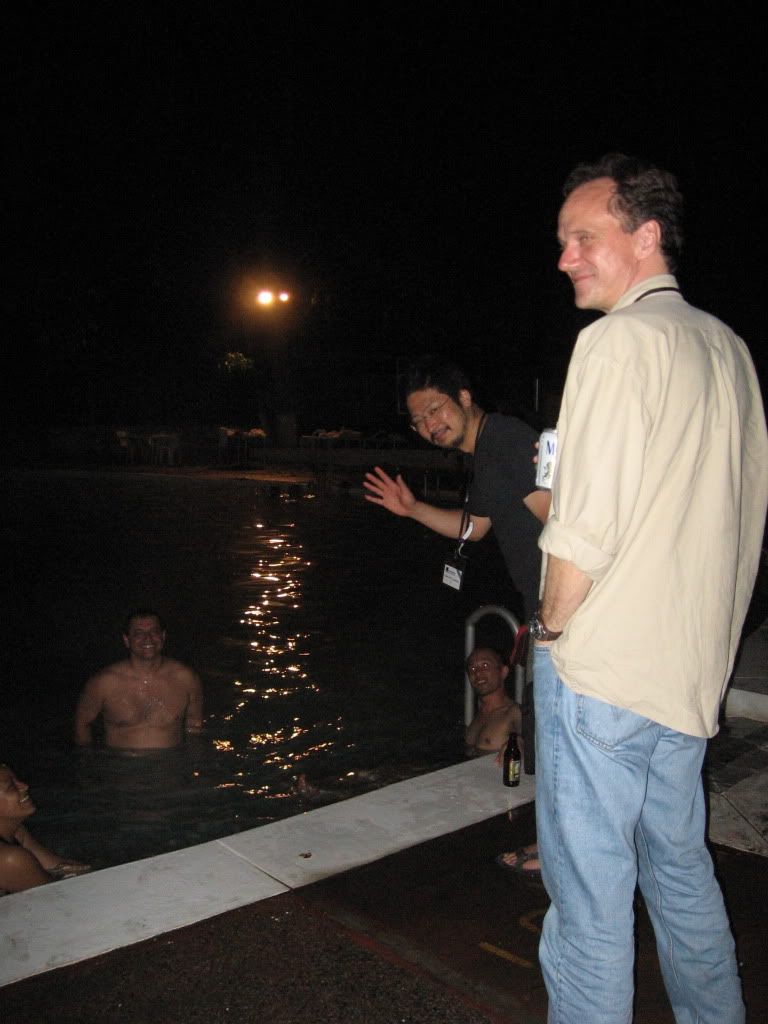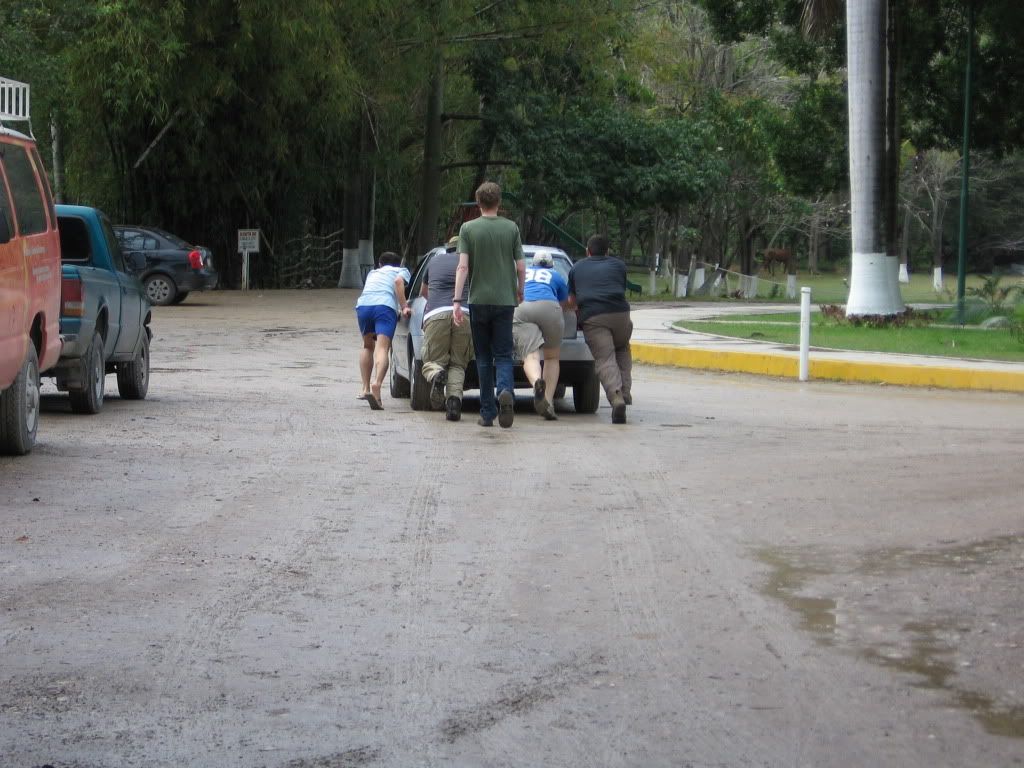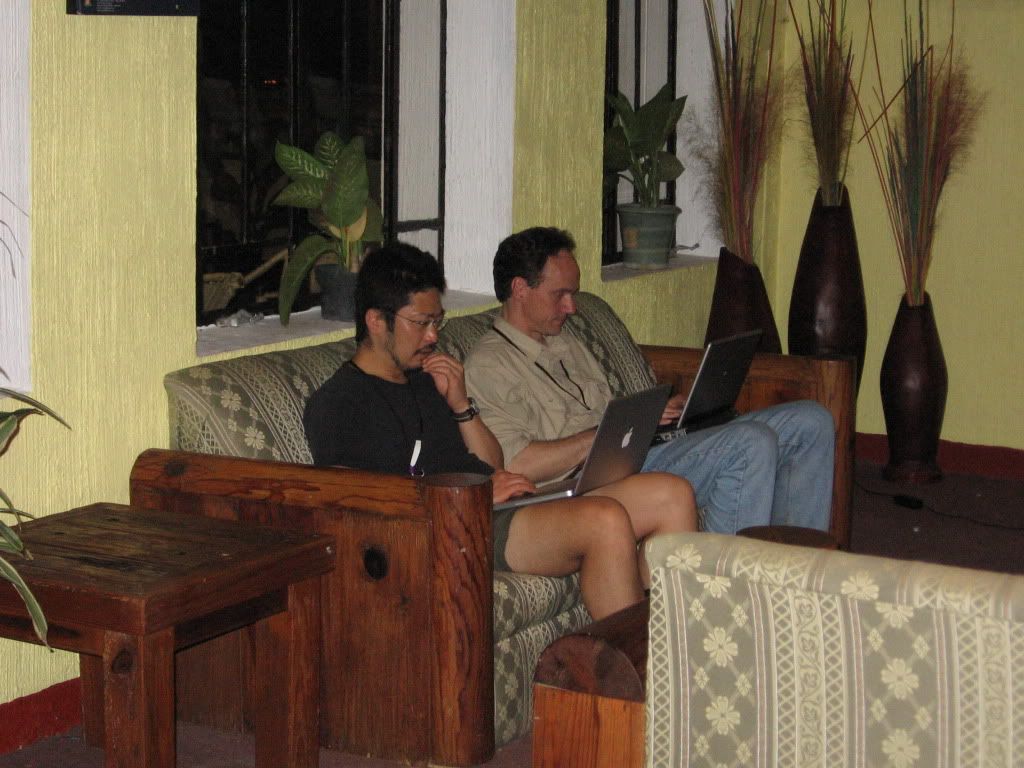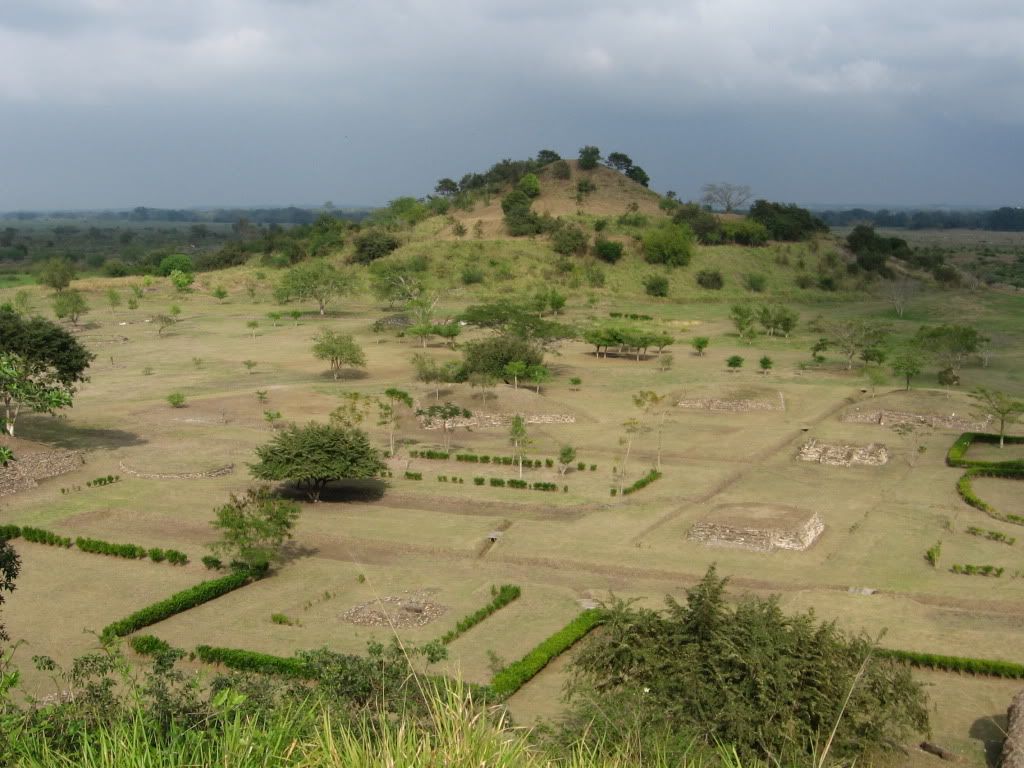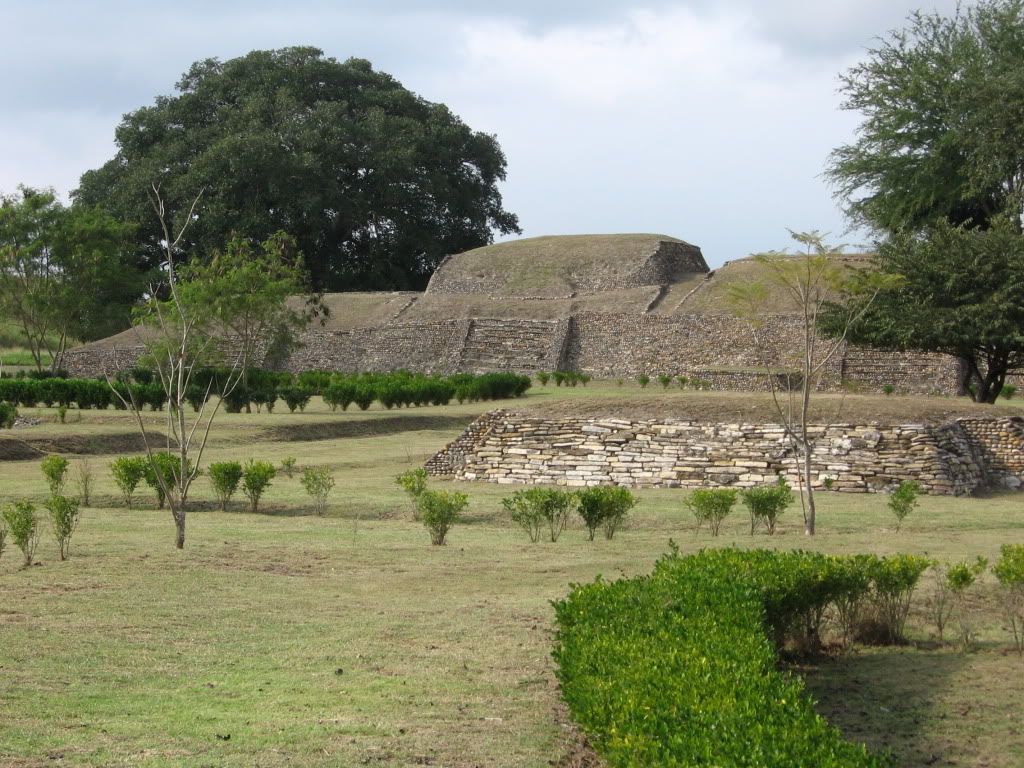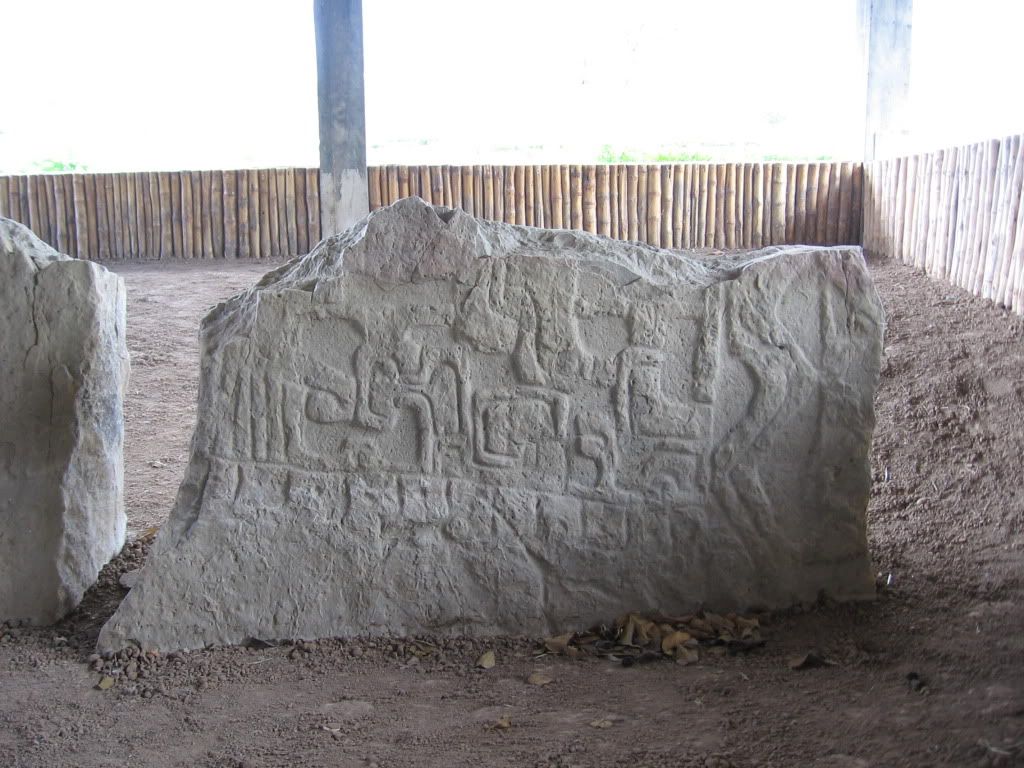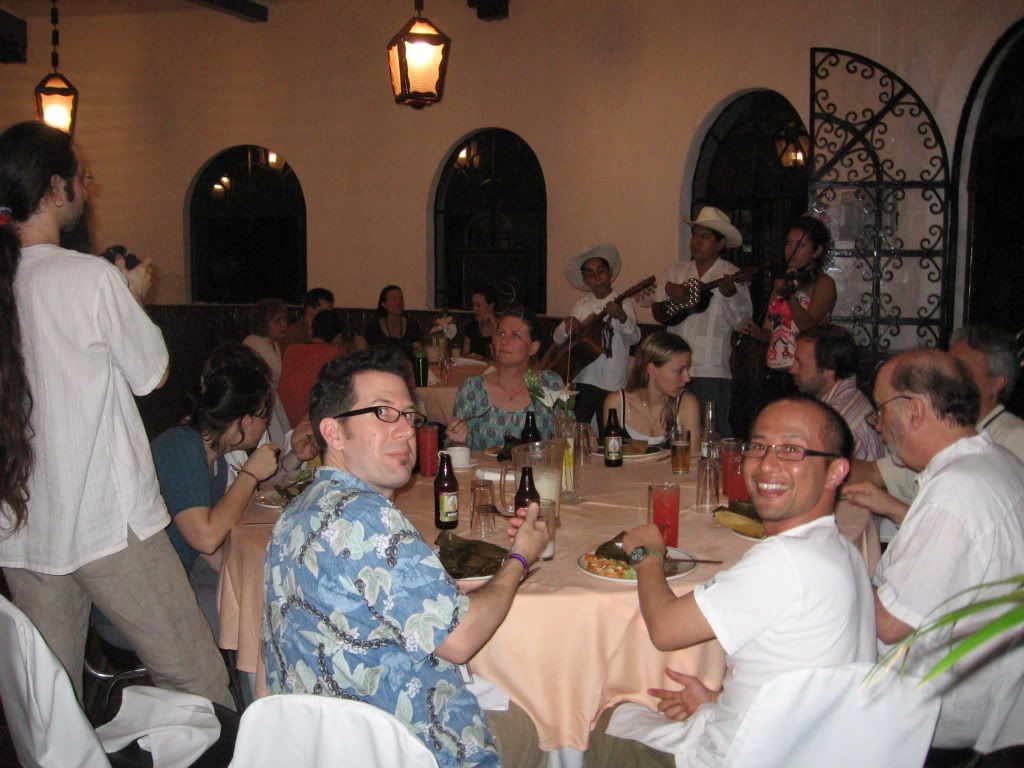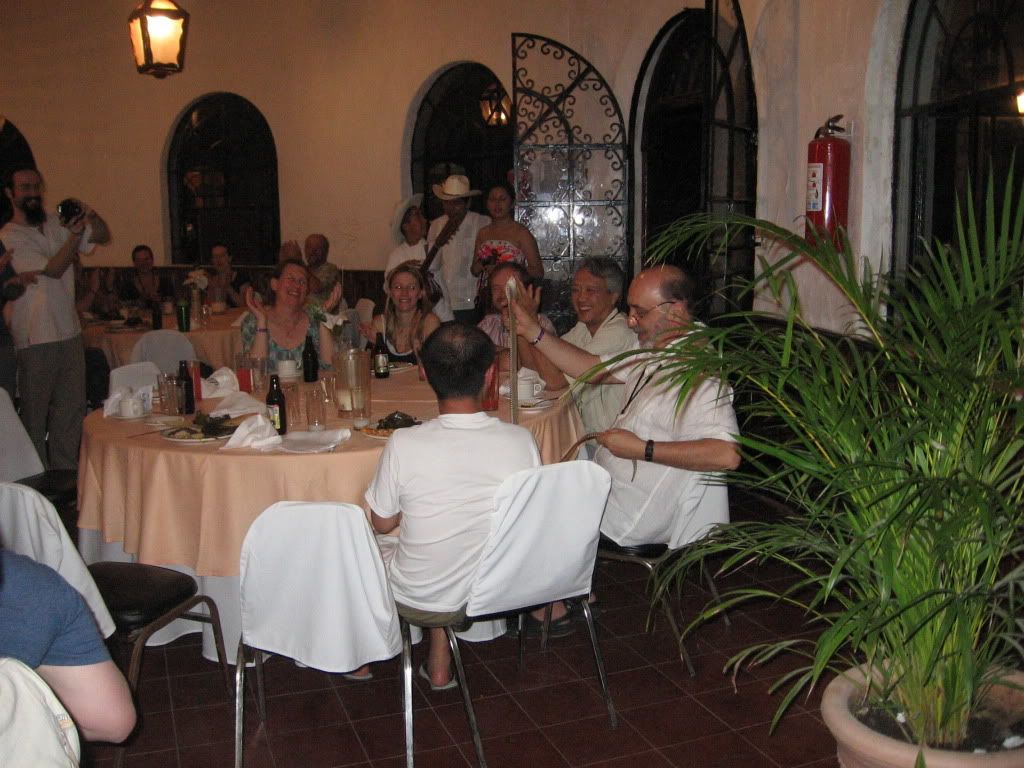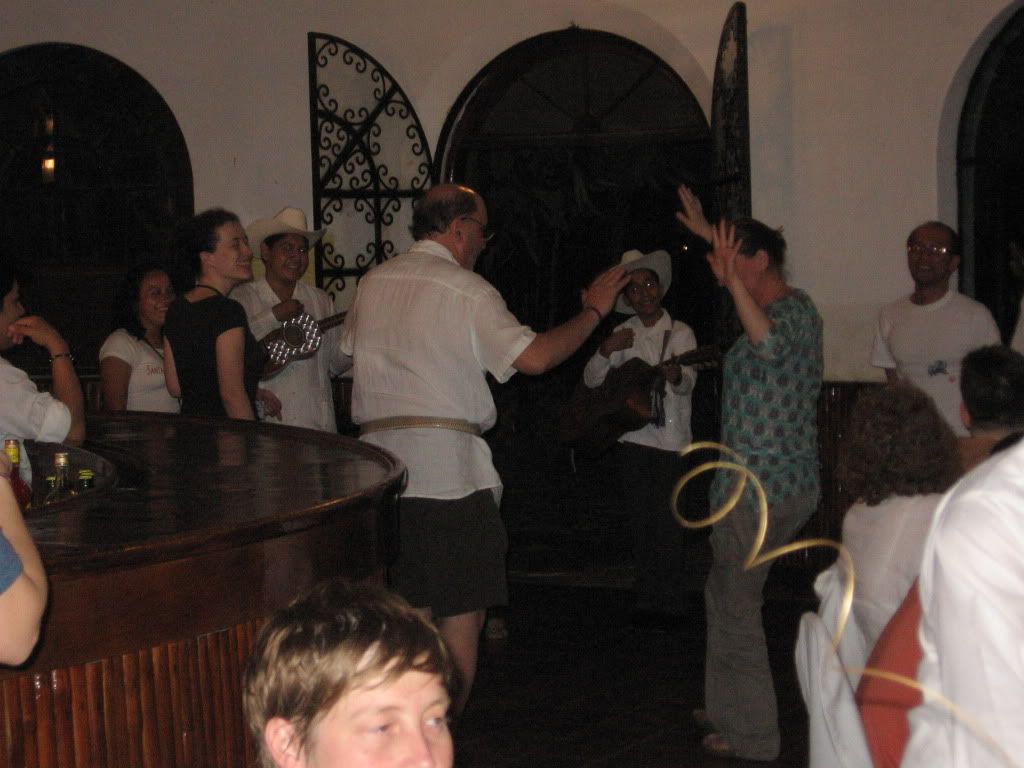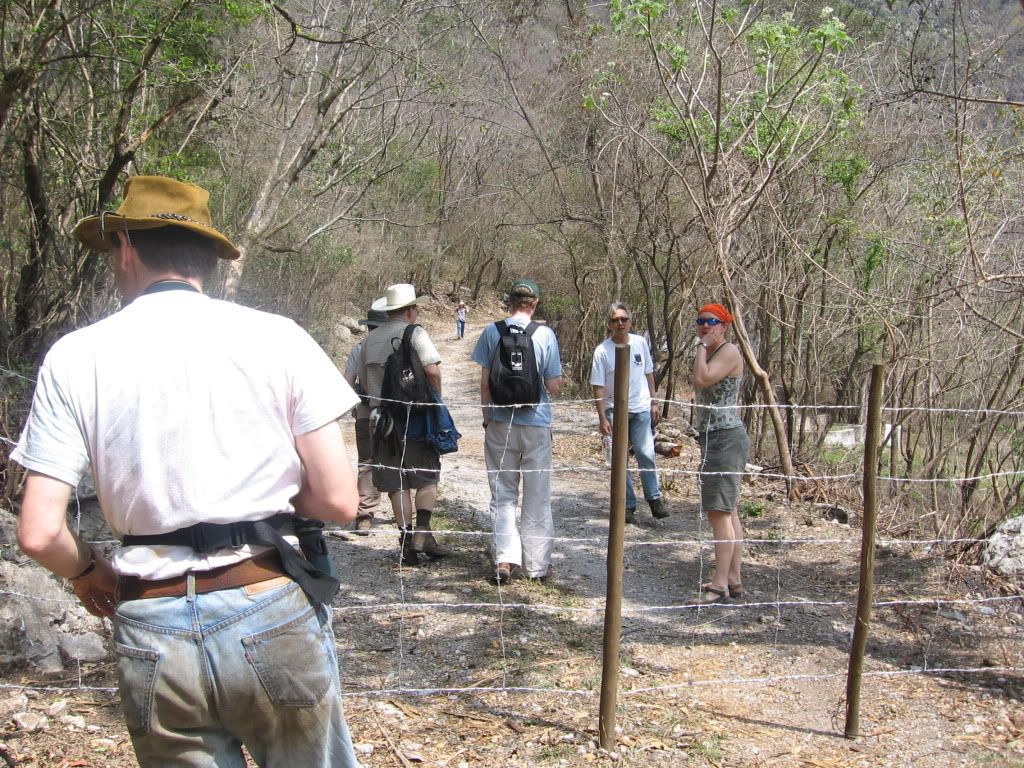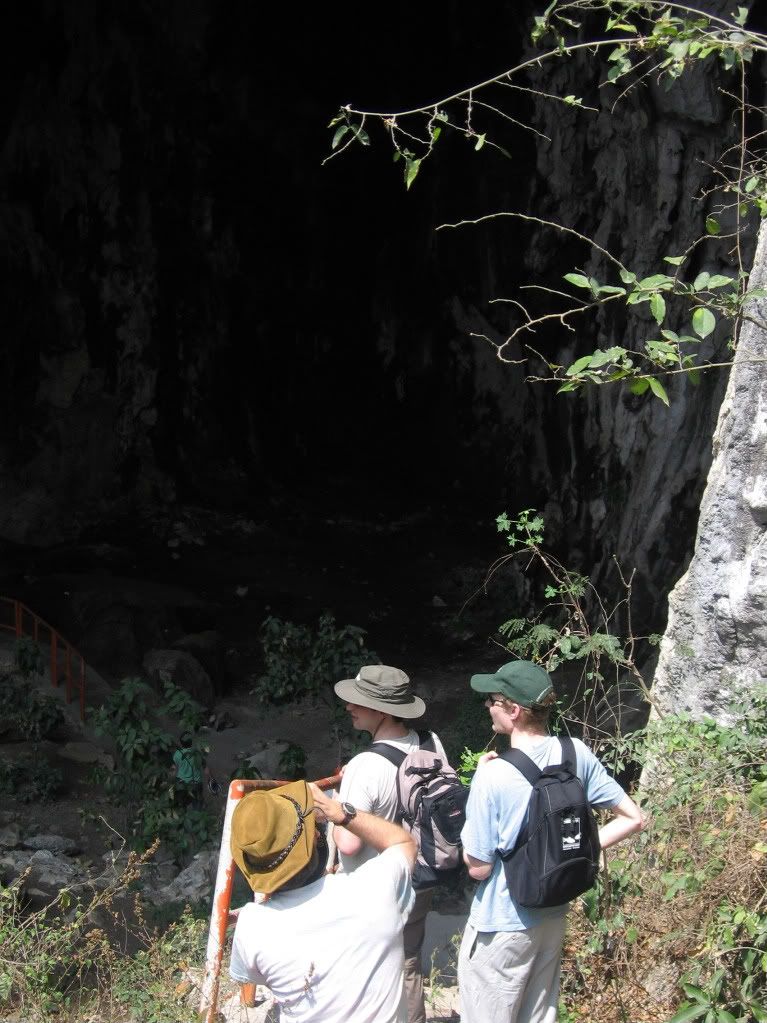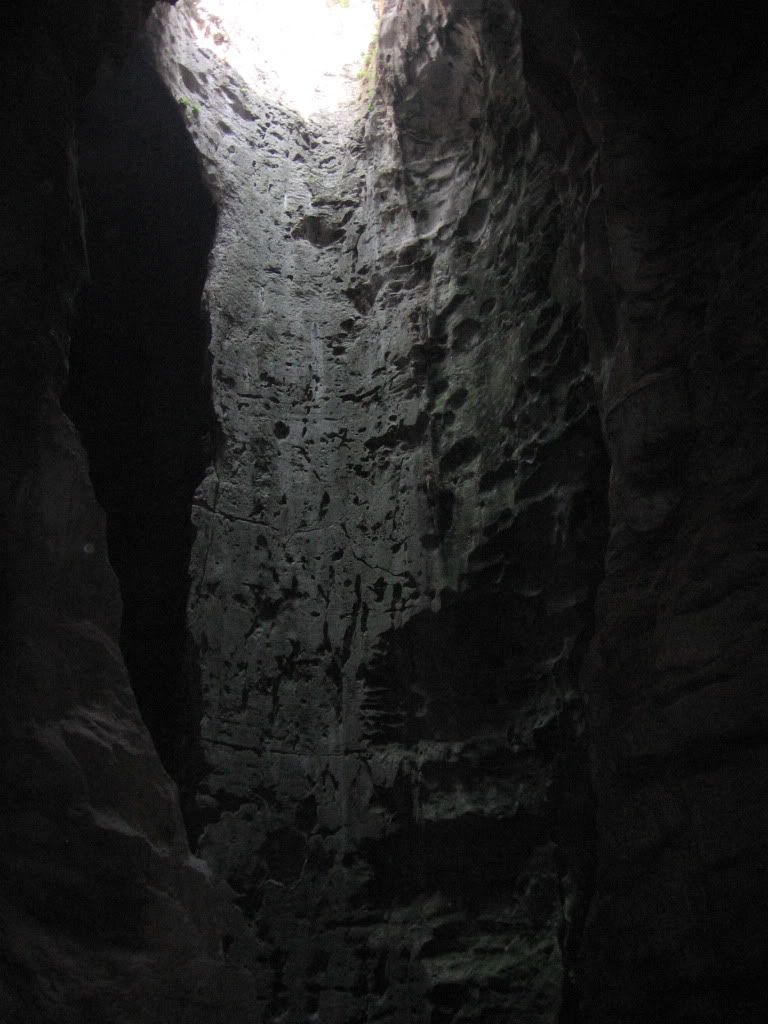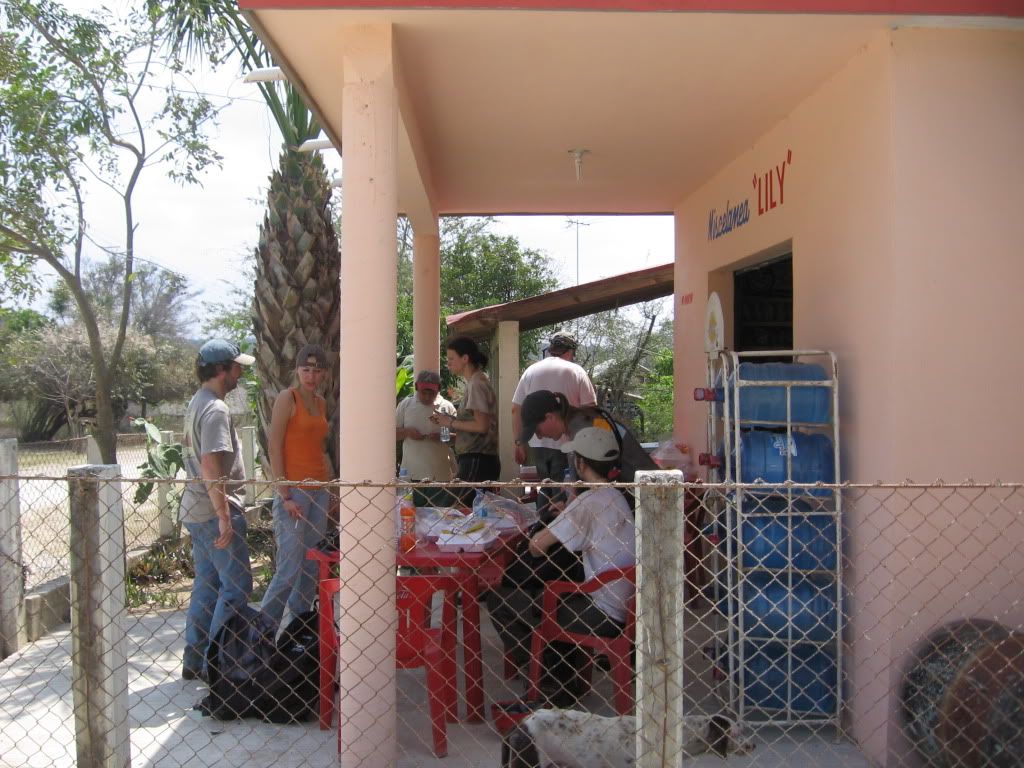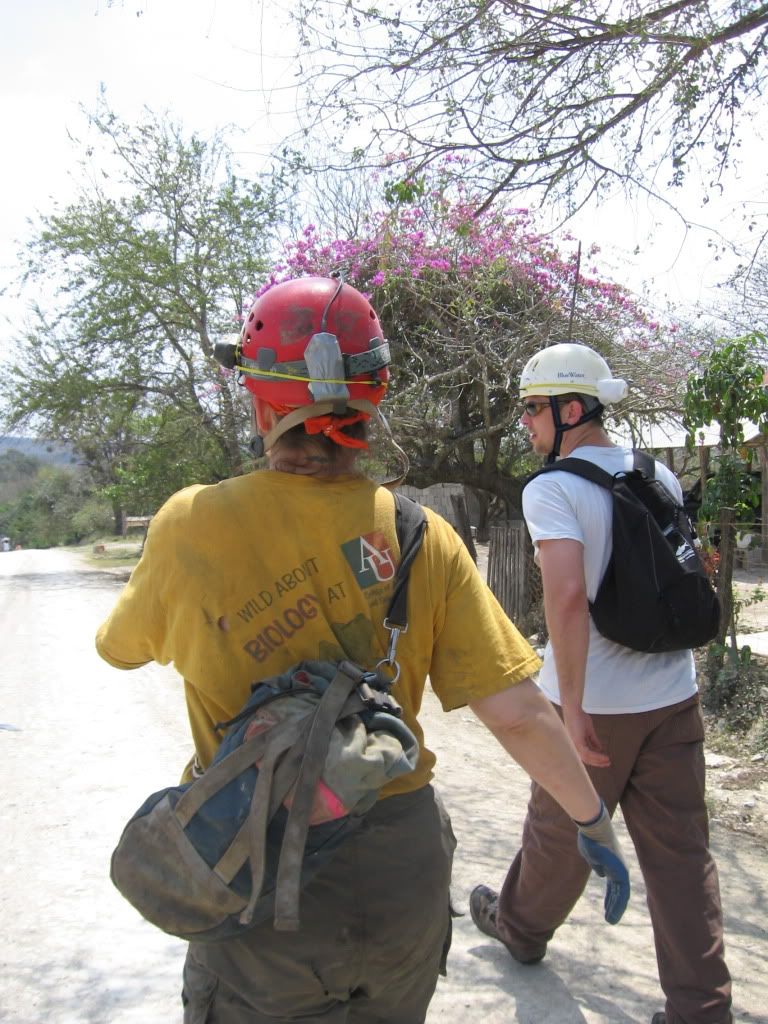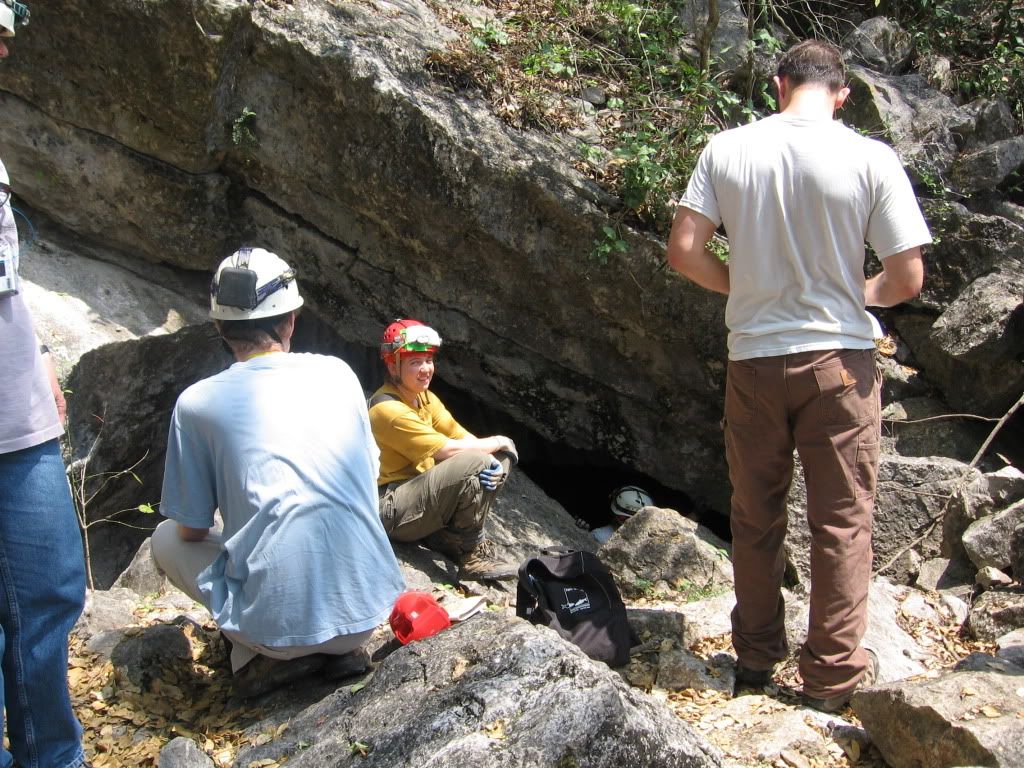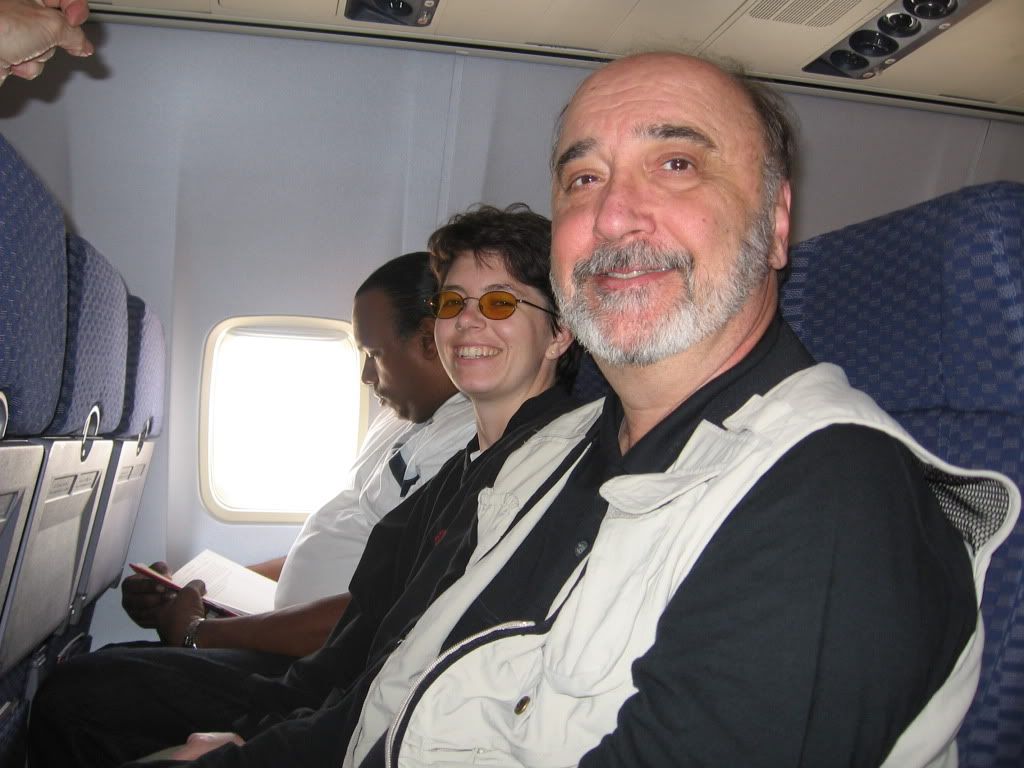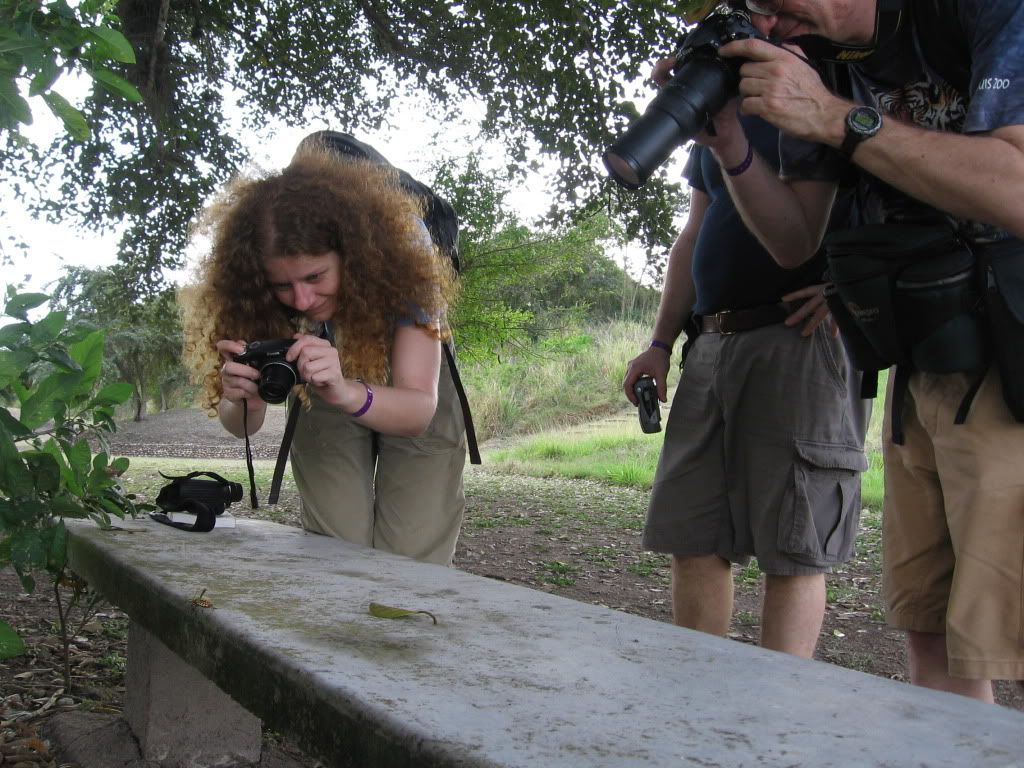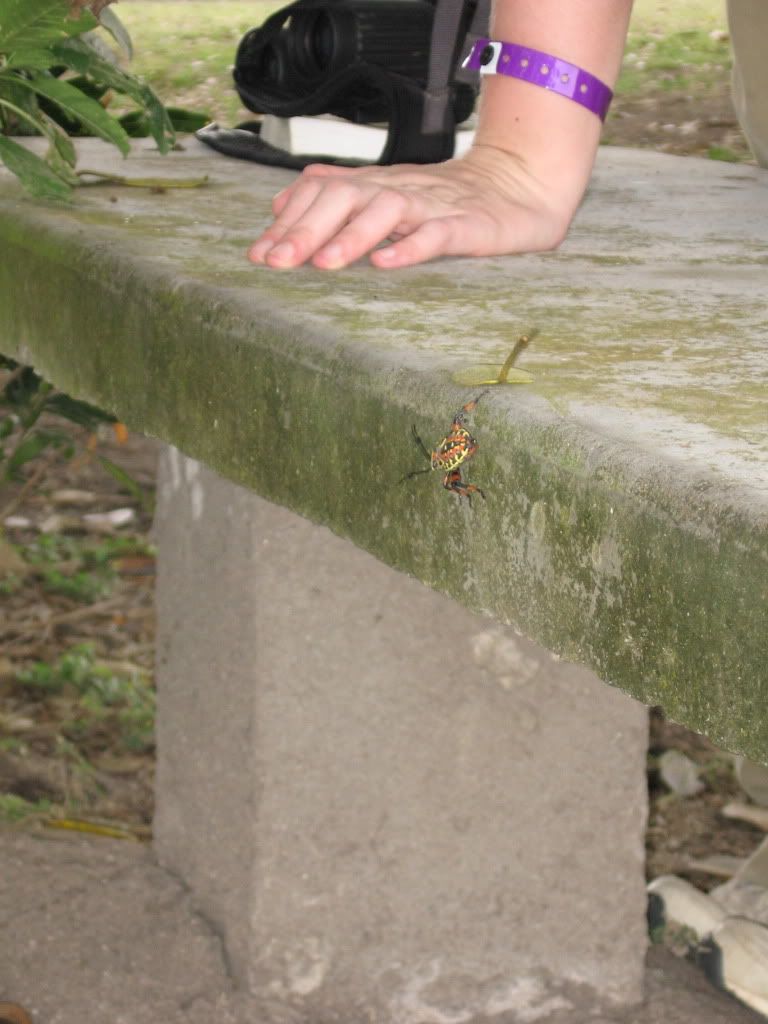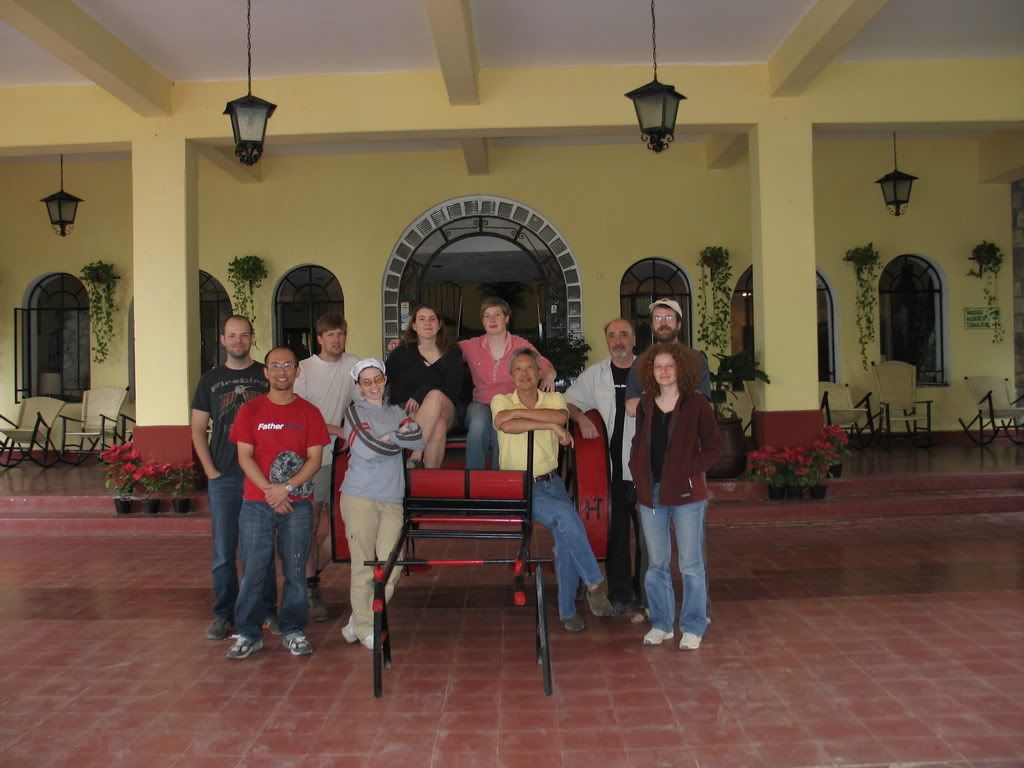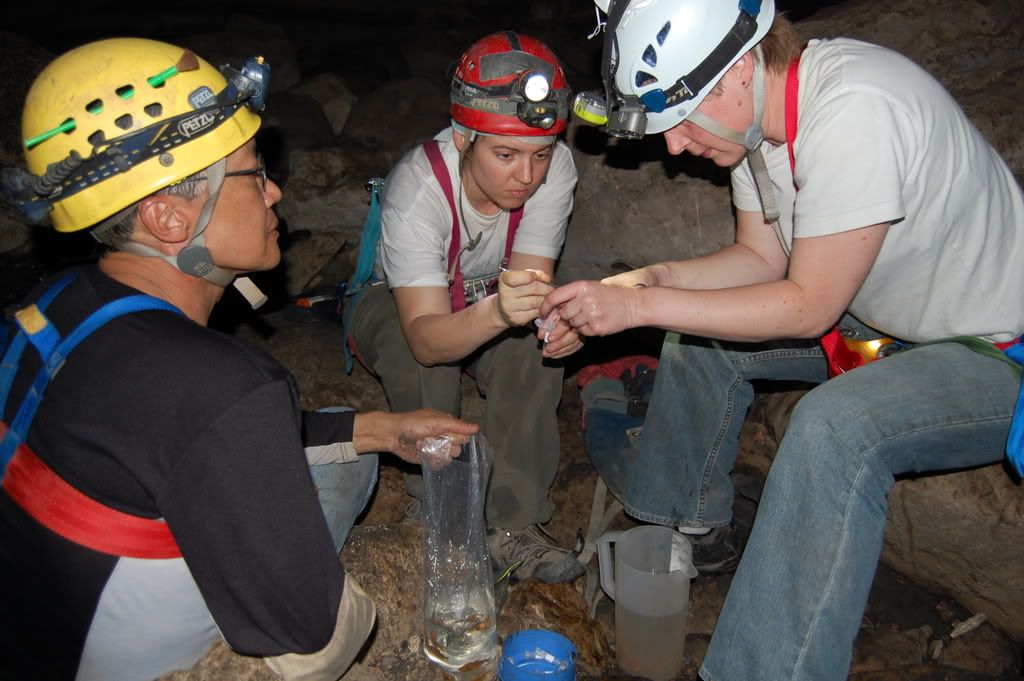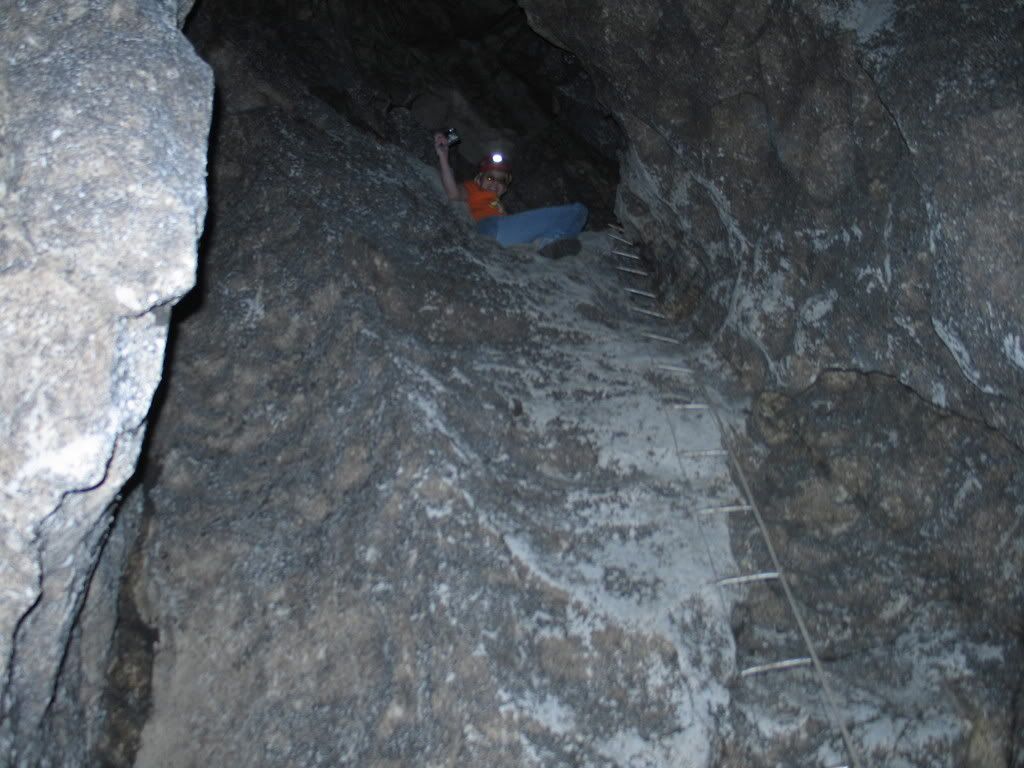Every May with the end of the college school year, I turn around and take a look at how much I have or have not posted on this and realize that life is really full for me. Its a wonderfully complicated feeling. I know stuff has happened that I should of taken time to absorb and remember, but as soon as I sit down it feels like the next thing comes along to get wrapped up in. The biggest downside for me to this is that I don't tell other people everything that's going on, even if they want to know. It's too tiring to keep trying to explain it all. So friends, here's what's been going on. I'm still in the middle of some of this, and I won't be slowing down for at least 4 more weeks so rather than continue to shut you all out with minimal information because I'd much rather share life with you all, I'm writing it down.
First off, I'll tell you about work in the lab this Spring. Some of you may know this, but all last year my boss, Dr. Jeffery, was out of the country on sabbatical from teaching at the University. He used the time to go do field research on many different cave organisms in the mountains of Croatia. (Croatia is one of the richest parts of the world for caves and cave life.) While he was gone, the rest of us here settled into our own rhythms and patterns of work that incorporated whatever else we had going on, like families, starting a business, or church. Then in January we got our boss back. This is great and hard at the same time. Its a lot like living without a roommate for a year and then trying to adjust to having one again. We are all a little different from what we were in January 2011. Some of our responsibilities have changed, some of our projects have changed. So this semester as a Lab manager, I've been dealing with how to adjust my own workload and how the lab operates to incorporate having Bill back again. There's a lot more to all this than I'm saying here on the Net, and it would make for a good cup of tea sometime, but suffice it to say, this has been a lot more work than I expected.
One of the cool things about having Bill back is that I get to work on new experiments! Unfortunately I can't go into too much detail here until some things are published to the public, but I get to learn new techniques for dissecting tissues from adult fish and I'm going to be playing with some cave planaria (those little flatworms that you grow in Biology class in high school). The technique I'm best as is staining tissue with specific antibodies that we can then change the color of to look at cellular structures under the microscope. (Now that think about it, I could put that method up here, I might do that one of these days). The dissection stuff is all new to me, so I'm studying up on what tools I need and the methods I'll use. *laugh* Yum, fish guts!
Having Bill here again is also getting everyone else to focus more efficiently on their own work, so things are also picking up for the second part of my job, being a Lab Technician. Lab technicians can be one or more of 4 different types: animal technicians, who specialize in the care and breeding of lab animals; equipment technicians, who know how to use and maintain every specialized machine in the lab; technical specialists, people who excel in one particular technique or method and so everyone in the lab relies on them for that specifically; and general technicians, people who make general stock solutions, perform basic tasks at the request of laboratory staff, order supplies, and so forth. I'm a bit of all four. I manage all our fish, equipment, and general tasks with the help of a few undergrad students, and then do whatever preparatory tasks Bill asks me to do so he can do his experiments. When everyone else starts moving quicker on their own research, the amount of support I need to give increases too. So while its great to have them be so productive (especially since that's how we'll get funding for the next few years), it can get kind of tiring to cover everything.
In April and May, the administrative part of my job tends to take over and I spend a lot of time dealing with paperwork. That's because everyone tries to get things turned in before the end of the school year so they can do field work or specialty classes over the summer. The end of June is also the end of the fiscal year for the University of Maryland, so there's a fair bit of accounting stuff to do as well. This May is especially heavy because we need to re-apply for permission to continue to work with fish for the next three years. This permission is called an Animal Protocol, and it is an extensive document covering all the methods, chemicals, and procedures we use to study our cavefish. It goes into detail about how we house them, feed them, train people to work with them, how we keep records, what levels of pain we expect them to suffer and how we would alleviate it, the chemicals they might be treated with and their possible reactions, and detailed explanations of our research procedures if we are working with them alive. We are also required to justify why our research is valuable to humanity at large, why we want to use these animals in particular, and why we need the number of animals we are asking for over the next three years. All this information is then sent to the Institutional Animal Care and Use Committee here on campus, and they evaluate our proposal for compliance with all federal and state laws. If we are approved, we are allowed to continue our work with cavefish for the next three years. If we aren't, our lab essentially has to shut down until we get approved, and we can't publish papers with our results or get new grants during that time.
I've invested a lot of time over the past 8 years learning all the lingo and detailing our methods, so I'm not concerned about being approved by the IACUC. Actually, we are a model lab that they like to show off to the rest of the university. But it is a lot of paperwork all the same, and prayers are always appreciated! This is something I strive to do my best in as much as possible, because it is one way that I can love on these people God has sent me to serve. Excellence here may be the biggest ways they will know that God does indeed care about them and their lives, something I can't really say to them with words without any action to back it up.
So that's all about work. The other major part of my life is all the stuff going on at Cornerstone! I'll put that up in Part 2.


